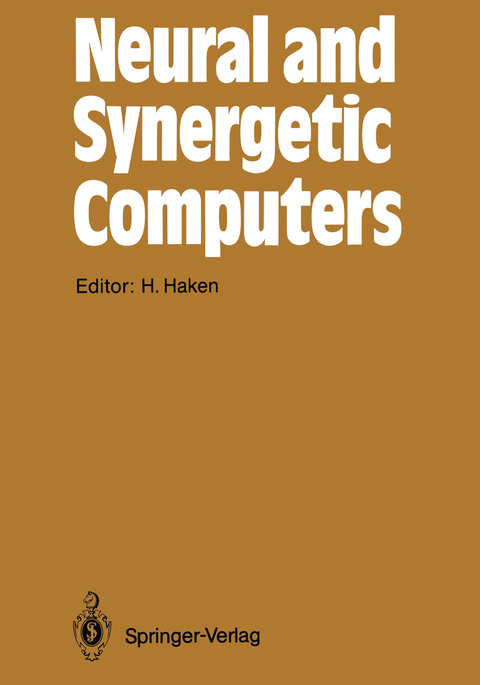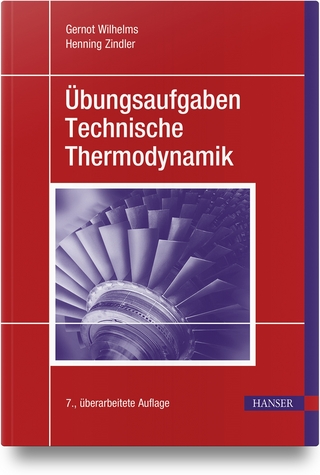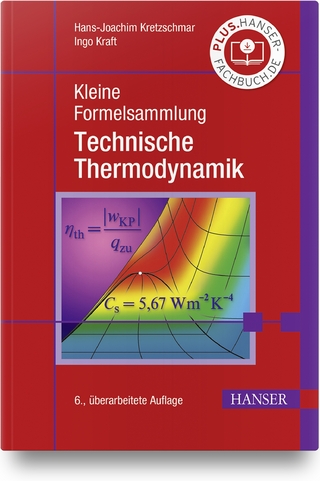
Neural and Synergetic Computers
Springer Berlin (Verlag)
978-3-642-74121-0 (ISBN)
Hermann Haken is Professor of the Institute for Theoretical Physics at the University of Stuttgart. He is known as the founder of synergetics. His research has been in nonlinear optics (in particular laser physics), solid state physics, statistical physics, and group theory. After the implementation of the first laser in 1960, Professor Haken developed his institute to an international center for laser theory. The interpretation of the laser principles as self organization of non equilibrium systems paved the way to the development of synergetics, of which Haken is recognized as the founder. Hermann Haken has been visiting professor or guest scientist in England, France, Japan, USA, Russia, and China. He is the author of some 23 textbooks and monographs that cover an impressive number of topics from laser physics to synergetics, and editor of a book series in synergetics. For his pathbreaking work and his influence on academic research, he has been awarded many-times. Among others, he is member of the Order "Pour le merite" and received the Max Planck Medal in 1990.
I Synergetics, Self-Organization, Pattern Recognition.- Synergetics in Pattern Recognition and Associative Action.- Computer Simulations of Pattern Recognition as a Dynamical Process of a Synergetic System.- Variational Principles in Pattern Theory.- Self-Organizing Neural Network Architectures for Real-Time Adaptive Pattern Recognition (With 10 Figures).- II Neural Networks.- Problems for Nets and Nets for Problems.- Associative Memory and Its Statistical Neurodynamical Analysis.- Local Synaptic Rules with Maximal Information Storage Capacity.- Hopfield Model, Boltzmann Machine, Multilayer Perceptron and Selected Applications.- Computation in Cortical Nets.- Pattern Formation on Analogue Parallel Networks.- Optimization by Diploid Search Strategies.- III Perception and Motor Control.- Movement Detectors of the Correlation Type Provide Sufficient Information for Local Computation of the 2-D Velocity Field.- Order in Time: How the Cooperation Between the Hands Informs the Design of the Brain.- Self-Organizing Neural Architectures for Eye Movements, Arm Movements, and Eye-Ann Coordination.- Neural Nets for the Management of Sensory and Motor Trajectories.- IV Optical Systems.- Spatial Symmetry Breaking in Optical Systems.- Cooperative Frequency Locking and Spatial Structures in Lasers.- Index of Contributors.
| Erscheint lt. Verlag | 19.10.2012 |
|---|---|
| Reihe/Serie | Springer Series in Synergetics |
| Zusatzinfo | VIII, 263 p. 59 illus., 6 illus. in color. |
| Verlagsort | Berlin |
| Sprache | englisch |
| Maße | 170 x 244 mm |
| Gewicht | 465 g |
| Themenwelt | Naturwissenschaften ► Physik / Astronomie ► Thermodynamik |
| Schlagworte | brain • computer simulation • Information • Neural networks • perception • Self-Organization • Simulation • stability • Structure • symmetry • Synergetics • System |
| ISBN-10 | 3-642-74121-5 / 3642741215 |
| ISBN-13 | 978-3-642-74121-0 / 9783642741210 |
| Zustand | Neuware |
| Haben Sie eine Frage zum Produkt? |
aus dem Bereich


